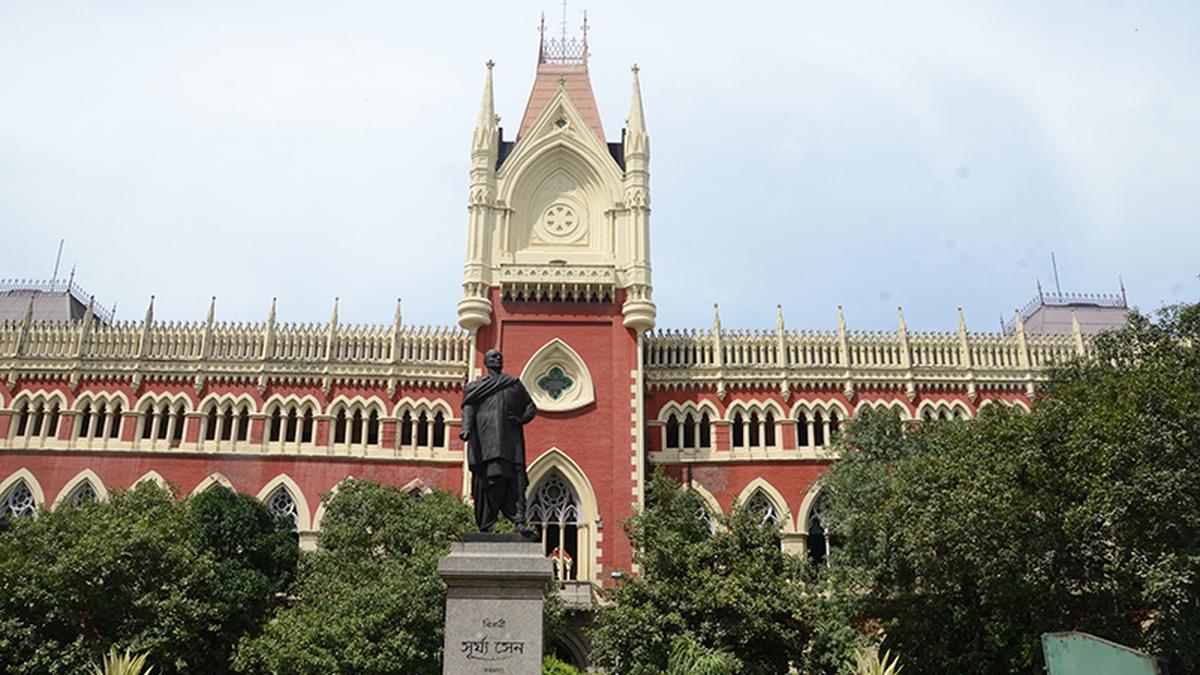ARTICLE AD BOX
 "Increase in rural and urban demand will facilitate more private investment," S Mahendra Dev said at First ISID@40 Distinguished Person Lecture (X/@ISID_India)
"Increase in rural and urban demand will facilitate more private investment," S Mahendra Dev said at First ISID@40 Distinguished Person Lecture (X/@ISID_India)
Private sector investment is critical and should increase as there is no twin balance sheet issue now and no problem of capital availability, S Mahendra Dev, Chairman, Economic Advisory Council to the Prime Minister (EAC-PM) said on Friday. Dev also said that India’s investment rate needs to increase to 34-35 per cent of the GDP from 31-32 per cent at present for it to achieve 7 per cent growth along with a push towards exports.
“Increase in rural and urban demand will facilitate more private investment. Many firms are now debt free, they are rich with cash. India Inc has to make new investments instead of keeping the cash. So private investment is now important…some of the industrialists meet me and I ask them: Why are you not investing? They say: Uncertainty. I said: for the last one decade, you are saying uncertainty, so uncertainty will also be there in the future. They said: we have started investing,” he said he said during the Distinguished Person Lecture at the Institute for Studies in Industrial Development (ISID). Dev underlined that no emerging market of India’s size has grown at 7 or 8 per cent for a decade or more without strong export growth and thus, the support for exports should continue even as now there are protectionist policies all over the world.
Referring to the high tariff of 50 per cent imposed by the US as an “unexpected event”, Dev noted India’s four-fold response — helping the affected sectors, diversifying exports to other countries, speeding up free trade agreements with other countries, and continuing negotiations with the US. While pointing out the importance of exports, Dev also said that exports account for only around 20 per cent of the GDP and domestic demand constitutes 80 per cent of the Indian economy. “It is therefore, primarily driven by domestic consumption and investment and less by exports,” he said.
The EAC-PM Chairman said that the government’s capital expenditure has been increasing over the last few years which will have a multiplier effect. “Investment rate is presently 31-32 per cent. You need to increase the investment rate to 34-35 per cent to get 7 per cent growth. Private sector investment is critical. Government capex is increasing as has been seen in previous budgets. It will have a multiplier effect,” he said.
Stating that investments are financed through savings and foreign investment, Dev said domestic savings have to be further increased amid prevailing uncertainties for foreign investment. Dev also flagged the need for more labour-intensive manufacturing and the “missing middle” in India’s manufacturing sector. “Labour absorption can be there. It is increasing but the share is not increasing in manufacturing, it’s at 11-12 per cent from the last several years,” he said, adding that India must have many more middle-level manufacturing units with 200 to 500 workers.
Currently, the small size of the firms and majority of them operating with less than 10 workers is the major problem, he added. Citing India’s share in world GDP of 25 per cent in 1700 AD,
Dev said some estimates show that by 2043, the share of India in world GDP is likely to be 25 per cent. As compared to global headwinds, there are many domestic tailwinds such as low inflation, rate cuts and CRR cut by the Reserve Bank of India, good monsoon, measures in the last budget like rising capital expenditure, tax reduction and now GST reforms, he said.
Story continues below this ad
“All these measures will have stimulus and these tailwinds may raise both rural and urban demand by raising both investment, consumption and some push to exports,” he said.
Aanchal Magazine is Senior Assistant Editor with The Indian Express and reports on the macro economy and fiscal policy, with a special focus on economic science, labour trends, taxation and revenue metrics. With over 13 years of newsroom experience, she has also reported in detail on macroeconomic data such as trends and policy actions related to inflation, GDP growth and fiscal arithmetic. Interested in the history of her homeland, Kashmir, she likes to read about its culture and tradition in her spare time, along with trying to map the journeys of displacement from there. ... Read More
Stay updated with the latest - Click here to follow us on Instagram
© The Indian Express Pvt Ltd









 English (US) ·
English (US) ·